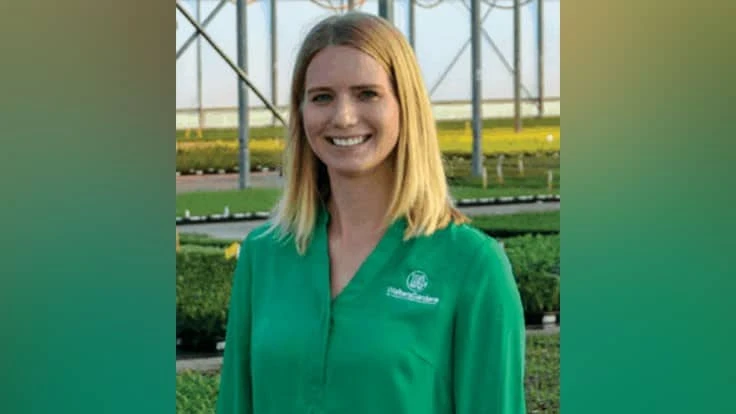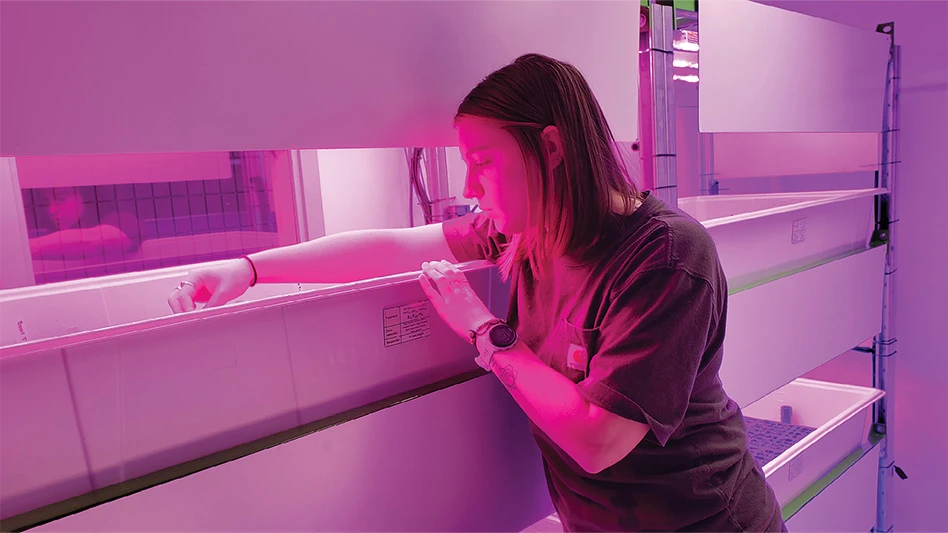

Greenhouse Management: What is Walters Gardens’ approach to plant tags?
Karin Walters: Our biggest customer is probably retail garden centers, so in that sense, most people do want tags; the people who don’t buy tags from us make them themselves. So I would say, hands down, tags are required for sales because otherwise people don’t know what they are buying. Depending on the customer, do they want the absolute bare minimum tag, like the type that you can buy from MasterTag? Or do they go for a super-large deluxe tag, like a 3-[inch] by-6 [inch]? Really, it’s about who gets it and who opts to spend less [from a retailer perspective.] For me, having the plant name at the top of the tag is very important. We’ve played around with having the name elsewhere, and that wasn’t met with open arms. That’s for stake tags; as for hanging tags, you can kind of do whatever you want.
GM: Does Proven Winners use QR codes for its tags — why or why not?
KW: We don’t with our regular tags. However, we do have QR codes for our Proven Winners varieties. I think when QR codes first came out, there was a big deal made about them, but then it’s hard to know if they were actually used. That’s the question that I have. We have opted to put them on our tags because we just don’t see them being used as much as people had been hoping they would be. ... I personally [cannot track how many people scan codes], but I don’t know what info Proven Winners or other companies would have.
GM: When Walters designs a new tag, what does the design process look like?
KW: We did create new tags for our ‘Mad About Mangavé’ labels and a 3-by-6 hanging tag for Proven Winners that was done in the last year or so. The hanging tags are a premium product because you have to purchase both the tag and the stake. The intention with those tags was to match them with a premium product and for that tag to give you that impression when you’re looking at it. The design itself is trying to get the correct information in the right spots. ... For the mangavé tags we built, we had to convey this new type of plant. For the end consumer who is super unaware of what that is, we had to design the tag and give as much information as the home gardener could use as possible with this relatively unknown product. The horticulturists seeing it may think it was too dumbed down, but for the end consumer, it did the trick.

Explore the May 2020 Issue
Check out more from this issue and find your next story to read.
Latest from Greenhouse Management
- USDA fires experts on invasive pests, including Asian citrus psyllid, chilli thrips
- CEA Alliance celebrates bipartisan introduction of Supporting Innovation in Agriculture Act
- Dümmen Orange North America celebrating 25th anniversary in 2025
- CEA HERB Part 1: Best management practices for culinary herbs
- Lawsuit challenges new H-2 visa rules
- CEA HERB Part 2: A guide to increasing the sowing density of culinary herbs
- Illinois Landscape Contractors Association changes name to Landscape Illinois
- 2025 Proven Winners Horticulture Scholarship applications now open







